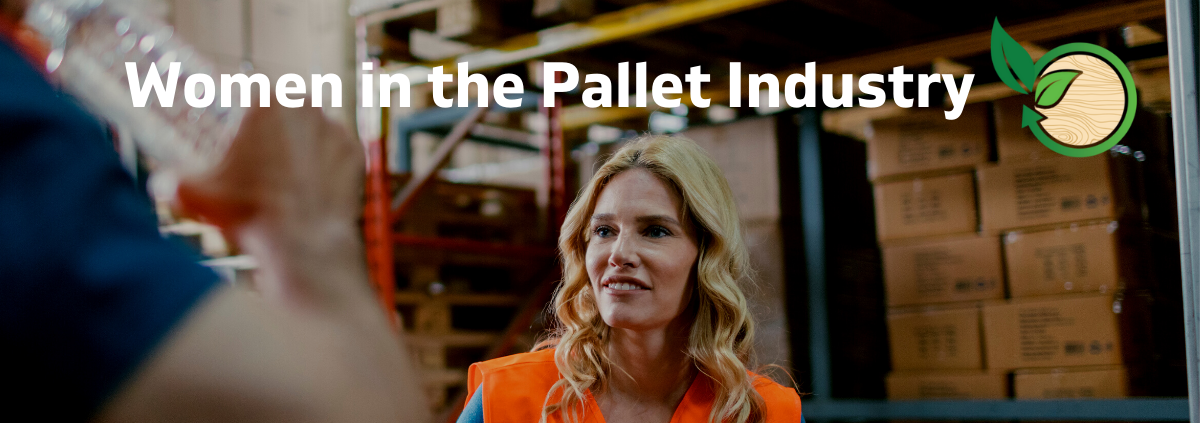Perspectives-Women in the Pallet Industry
At Nature’s Packaging we have been celebrating this March as Women’s History Month. Women provide so many unique perspectives and skills in this industry that it is absolutely true to say that we would not be where we are as a group, were it not for the wonderful women of the pallet industry.
An interesting aspect of the pallet industry is that it is still pre-dominantly comprised of family businesses. Of course, we have witnessed many instances of consolidation in the past year, but the playbook in consolidation seems to be to keep the core in place and add in resources where needed.
Family businesses involve women in many parts of the enterprise. These duties include everything from ownership, to administration, to operations, to working the repair line. In all respects, the acumen, knowledge, and experience that women bring to the business and to this industry enriches the relationships with peers, customers, and partners alike.
It has been referenced by others in the pallet industry that women bring a more developed sense of emotional intelligence (EQ) to their relationships. That observation may be anecdotal, but it can also be true. The bottom line is that women are just as good or better in a lot of areas of business, including running them.
The National Wooden Pallet and Container Association (NWPCA) elected its first woman chairperson in 1998 (Susan Larson). It has been 24 years, but Carolyn Beach now steps into the role of Chair of the Board of Directors. Her voice and perspective are a welcome addition to the leadership roles that women are stepping into more and more within this industry. The Western Pallet Association (WPA) and the Canadian Wooden Pallet and Container Association (CWPCA) also include women in various committee and leadership positions as well.
However, as an industry we need to do more. There have been events, both online and in-person, where women have an opportunity to come together to discuss their experiences in the industry. How do we, as an industry altogether, recruit more women into the leadership roles that are so important to our associations?
Perhaps there should be more circumstances where women can come together, whether it be a live event for women only at one of our national conferences, or a regular meeting group (online or in-person). These types of regular activities will surely advance the industry by letting women know that their voices are integral to the fabric of our collective success. We have nothing to lose and everything to gain by taking action.





